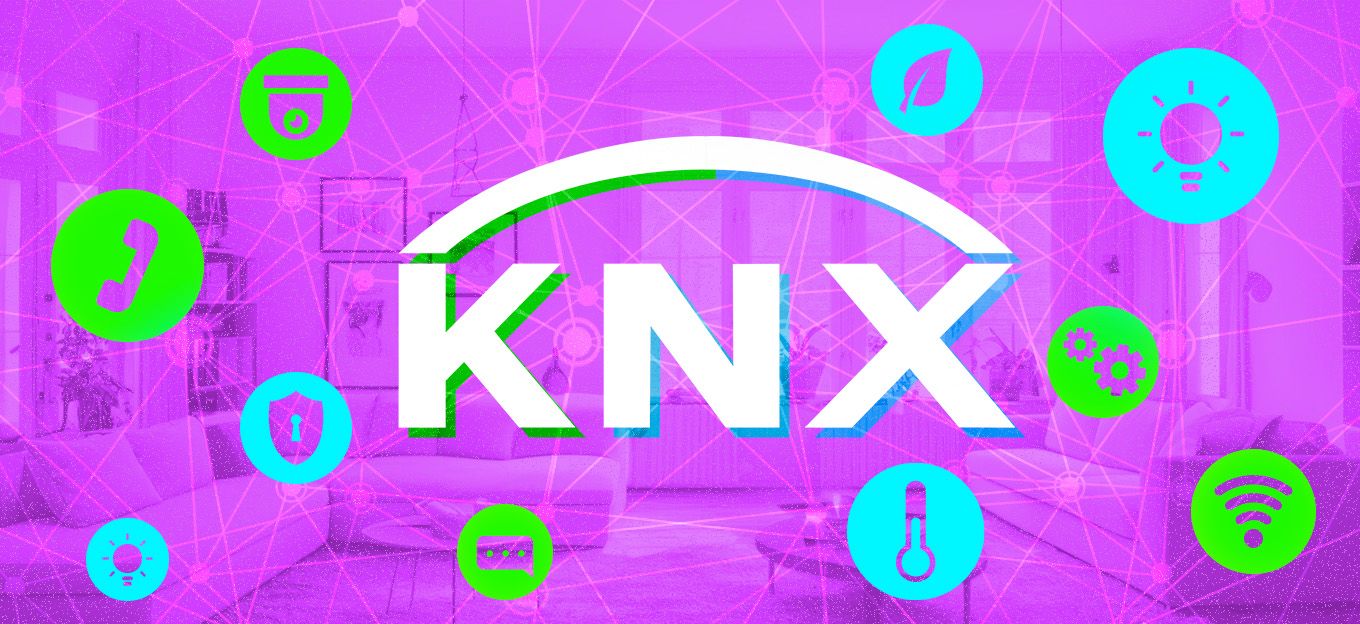What is the Importance of Multifamily Sustainability?
What is the Importance of Multifamily Sustainability?
- Last Updated: December 2, 2024
STRATIS IoT
- Last Updated: December 2, 2024



Residents in multifamily communities are concerned more than ever about sustainability and their roles as consumers of sustainable development. There are more extreme weather patterns occurring in the past few years, which are caused by the planet’s average surface temperature rising 2.12 degrees Fahrenheit (1.18 degrees Celsius) in the past 200 years. Increased carbon dioxide emissions, largely from fossil fuels, contribute to most of the warming happening in about the past 40 years.
'Smart apartment technology in multifamily communities brings advantages for all stakeholders by reducing utility usage, ensuring residents’ comfort, and slashing costs.' - STRATIS IoT
Experiencing these changes and seeing troublesome information like this about climate change often bring people to think, “How can I do my part to make things better?” Multifamily residents are no exception, as a majority of residents are concerned about climate change and want to be part of the solution. According to AMLI Residential’s Sustainable Living Index for 2019, a survey conducted with more than 3,500 AMLI Residential apartment residents, 89 percent of AMLI residents are concerned about climate change, and more than 70 percent said their desire to find a solution has increased over the last five years. In addition, 80 percent of residents said they believe living in a green apartment is beneficial to their health, and more than 61 percent said they would be willing to pay more for a sustainable community.
How are residents thinking about sustainability?
Multifamily residents view sustainability as a whole, from how a sustainability-oriented apartment could benefit their quality of life as an individual to the broader impact of a sustainable multifamily community on the environment. Sustainable development generally includes community green initiatives (like robust recycling programs), energy-efficient infrastructure (like smart thermostats, leak sensors, HVAC, and more), and water waste prevention measures, but the possibilities continue to grow. According to the National Multifamily Housing Council (NMHC)/Kingsley Associates Apartment Resident Preferences Report for 2019, which surveyed 373,000 apartment residents from 5,336 professionally managed apartment communities, residents state they are interested/won’t rent without a recycling program (79.3 percent), community green initiatives (73.0 percent), and on-site renewable energy (63.3 percent). The Internet of Things (IoT) can play its part in sustainable multifamily housing solutions.
What does sustainable multifamily development look like with IoT?
Smart apartment technology in multifamily communities brings advantages for all stakeholders by reducing utility usage, ensuring residents’ comfort, and slashing costs. A property-wide network that connects to smart devices enables water, energy, and waste management and control. These infrastructures and features support a larger sustainable multifamily ecosystem that many residents seek.
Smart water management prevents water leaks and related damages through smart leak sensing and submetering information. The average American family can waste about 9,400 gallons of water annually from household leaks, so imagine what this could look like in the worst-case scenario in multifamily housing, where leaks can easily spread to other units or common areas. Smart leak sensors can detect leaks, freezes, and excess humidity early enough to alert property staff before escalating to extensive damages. In addition, the property staff can maintain the ideal humidity and temperature of common areas and vacant units to protect appliances and pipes without manually adjusting the thermostat in each unit.
Smart energy management eliminates wasteful energy consumption and costs with whole-building insights. Roughly a third of U.S. greenhouse gas emissions come from residential and commercial buildings, but there are optimistic trends of emissions reductions with energy efficiency improvements since 2005. Smart energy management can continue to decrease energy usage through a combination of smart devices and powerful analysis so property managers and owners can identify any system issues in real-time. Smart thermostats can sense and regulate humidity and temperature to deliver maximum comfort and energy efficiency settings for residents (with their in-unit thermostats) or property managers (for thermostats in vacant units and common areas).
Smart waste management optimizes pickups, waste bin locations, capacity, and contamination levels to significantly decrease costs associated with trash. This can finetune a property’s trash and recycling disposal processes and programs to reduce bills and fees for property owners, and sometimes even for residents. Monitoring waste bins with in-dumpster cameras and artificial intelligence can monitor every container’s activities and make actionable recommendations in real-time.
Sustainability isn’t a passing trend, but rather a powerful commitment that residents across the country are speaking up about. Aligning with what they are seeking through investing in green infrastructure and processes will allow communities to flourish for all stakeholders.
The Most Comprehensive IoT Newsletter for Enterprises
Showcasing the highest-quality content, resources, news, and insights from the world of the Internet of Things. Subscribe to remain informed and up-to-date.
New Podcast Episode

Moving Past the Pilot Phase in IoT and AI
Related Articles





